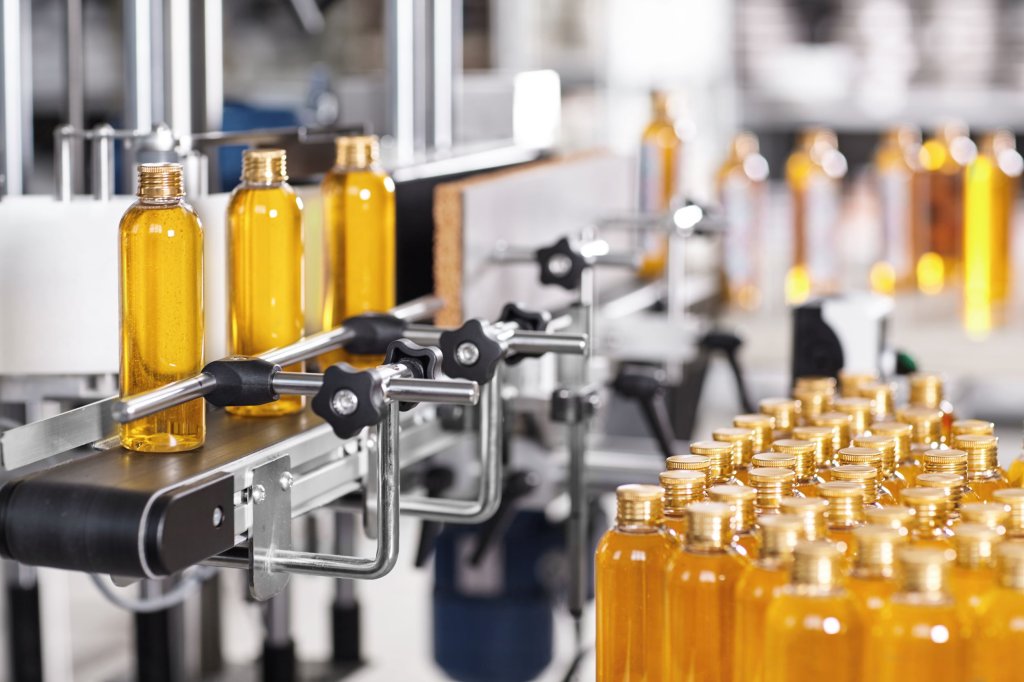Can Plastics Replace Metals?
For many top manufacturers, switching from metals to plastics has become not only a realistic alternative but a highly beneficial one. Modern thermoplastics have made significant progress in reproducing many of the characteristics of metals without shortcomings.
Some worry that using plastics in place of metal could be a foolish move—thinking that plastics burn where metals don’t. While there is some truth to this in regards to some plastics, many thermoplastics can be made to adhere to strict flame-smoke-toxicity standards by adding flame retardant packages. PEEK and Teflon are two common examples of thermoplastics that, on their own, have high melt points of over 575°F. In addition, the structural integrity of many thermoplastics can be increased with reinforcements like glass or carbon.
The Advantages of Replacing Metals with Plastics
As more and more manufacturers recognize the advantages of metal-to-plastic conversion, high-volume injection molding is swiftly taking over as the preferred method for part production.
Compared to metal, plastic parts have a number of distinct advantages, such as:
- Lower production costs
- Decreased component weight
- Lower expenses for packaging and shipping
- Higher tensile strength than many metals
- Longer life span
- Quicker manufacturing
- Predictable and repeatable manufacturing
- Superior flexibility in design
- Decreased waste
- Increased resistance to corrosion
- Compliant with numerous regulatory requirements
The consolidation of several metal pieces into a single plastic part is another benefit of plastic-to-metal conversion. This allows for weight reduction, increased overall part strength, and improved corrosion resistance. Additionally, plastic components require fewer secondary procedures than metal ones, which saves time and money. Plastic parts have proven to be just as robust as metal parts and allow for the same precise tolerances.
In fact, plastic parts can be produced to possess better physical and chemical qualities than metal and with more sophisticated design methods.
The Cost-Cutting Benefits of Plastic Parts
Replacing metals with plastic has the potential to save manufacturers 25 to 50% off their total expenses. The ability to replace multiple metal parts with a single plastic part, the ensuing removal of the need for fasteners and assembly, the capability of adding colors to plastic melts, and the subsequent removal of painting or laser marking processes are the leading causes of this.
Using plastic can greatly raise part quality while also reducing prices. Other ways plastic can improve part quality include:
- Easier to recycle or reuse
- Longer product life
- Broader design possibilities
- Removal of secondary processes such as coloring
- Increased structural integrity of the product
- Reduced weight
- Enhanced usability
Where Plastics Are Replacing Metals
Aluminum, stainless steel, and brass are the metals most frequently replaced by polymers. Examples of applications for replacing metal include:
- Manufacturing – Aluminum is frequently used in the manufacturing sector since applications there focus more on providing products with acceptable mechanical resistance at a reasonable cost and weight. Carbon PA, a nylon-based filament, can replace aluminum jigs and fixtures on shop floors due to their exceptional mechanical qualities, which include a tensile strength of up to 138 MPa. Drilling jigs, which were commonly made of aluminum, are now made from Carbon PA.
- Chemical Industry – Due to their exceptional chemical resistance, PEEK and Carbon PEEK can be used in place of stainless steel, which results in a significant weight reduction and enhanced ergonomics. For instance, PEEK would withstand many chemical or manufacturing processes without damage or weakening, while stainless steel would corrode when exposed to chloride, hydrochloric acid, acetic acid, or hydrogen sulfide.
- Marine Manufacturing – Despite its weight, brass has frequently been used in the marine industry because the metal is relatively simple to machine, resistant to seawater, and antibacterial. It also has a strong chemical resistance that prevents bacteria and algae from growing on it. Offering less weight and significantly more flexibility in forming and machining, PEEK and Carbon PEEK can easily replace brass. In addition to enjoying many of the benefits of brass, these materials are also significantly resistant to seawater.
Substituting high-performance polymers and composites for metals opens the door to a wide variety of additional applications, from transportation, aerospace, and petrochemical to food production, construction, and signage.
High-Performance Plastics at Piedmont
Given plastics’ proven track record of performing well under harsh, stressful conditions, it makes perfect sense to explore replacing traditional materials such as metal, ceramics, and wood with reliable plastic alternatives.
Piedmont Plastics offers a variety of options. Contact our materials experts today for more information.
